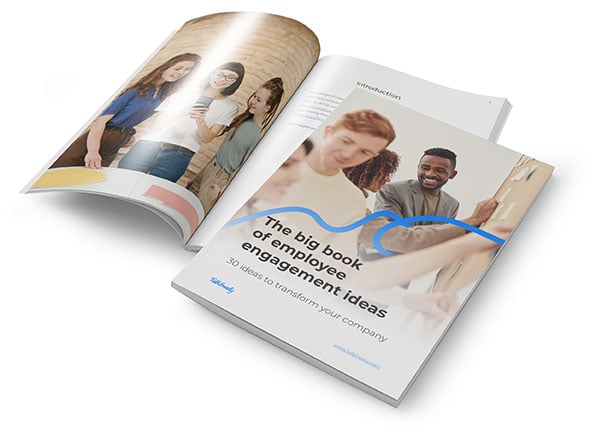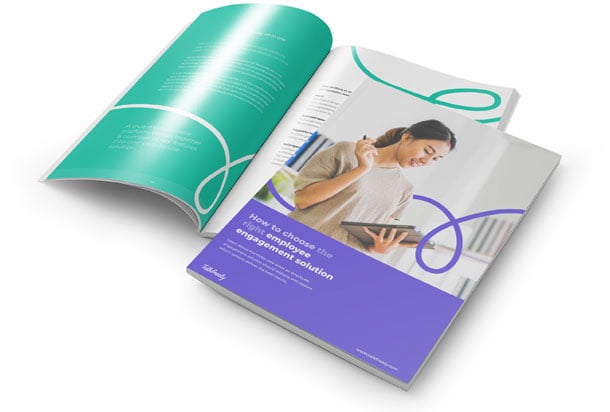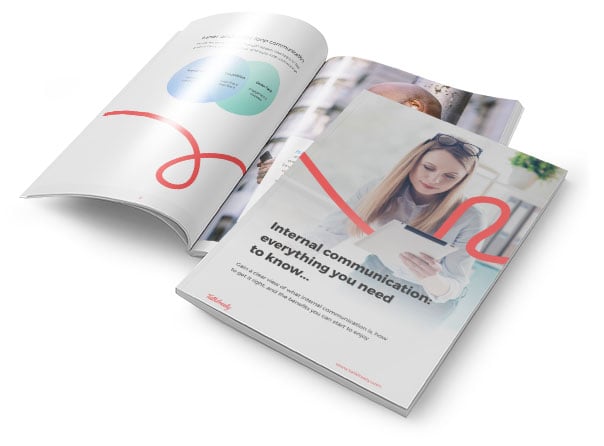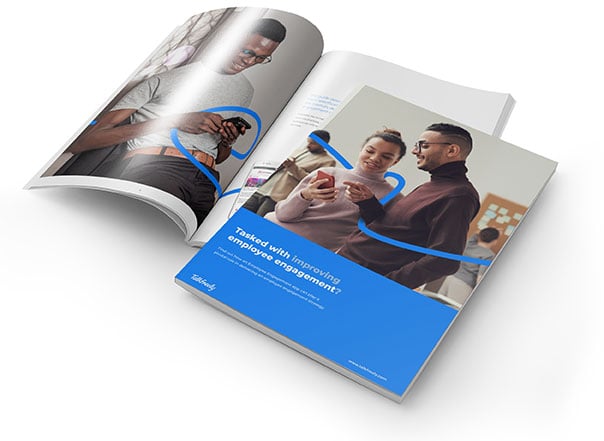Wearable technology is coming of age. As we become accustomed to the sight of a Fitbit or an Apple iWatch on a wrist in public, the use of such devices in the workplace still remains a novelty. However, this may change rapidly, as a 2016 survey revealed that 86% of American companies were planning on investing in wearable technology in the next twelve months, including devices such as smartwatches, fitness trackers and smart glasses.
The majority of companies that are currently issuing wearables to employees are using the accumulated data to assess and improve employee health and well-being, and to track employee time management. Wearables seem to be effective in the latter; the Human Cloud At Work (HCAW) study by Goldsmiths, University of London found that working with wearables boosted employee productivity by 8.5% and employee job satisfaction by 3.5%.
Wearables for improved productivity
Wearables are ideal tools to gather data concerning how employees interact with their workplace environment, and how to improve workflows, workplace layouts and more. As Dr Chris Brauer, the leader of the HCAW study said:
“Wearable technologies will provide a rejuvenated form of 'management science', optimising workplace productivities and performance through everyday integration of these devices and sensors into the workplace."
Wearables for improved employee health
Wearables are also useful for capturing health data on employees, and assessing how workplaces could be improved to provide employees with a better working environment. It can also track the measures employees take to improve their own health, and reward them accordingly, as Dr Brauer discovered in his study:
"Organisations are already doing things like creating wellbeing programs that track and reward employees for exercising and pursuing healthier lifestyles and diets."
Wearables and employee communication
Wearables such as the iWatch enable employees to receive updates while on the move, without the need to consult their phone screens. Equally, visual devices such as smart glasses can work both as information display screens and data gathering devices, allowing employees to invite colleagues and managers to literally “see what I see”.
Read Does Your Workforce BYOD (Bring Your Own Device)?
Are employees ready to engage with wearables?
While it is easy to see that a business will benefit from data from wearables, it seems that employees themselves are less enthusiastic to divulge personal information via the devices. In a study by PwC into the views of 2000 employees in UK companies regarding wearable tech, the majority of employees were reluctant to trust their employee with so much personal data.
Note that the mistrust is not of the tech itself, but the subsequent use of the data by the company. Most employees trust the tech already. The majority of employees (65%) thought that technology has a ‘real role’ to play in their health and well-being. Equally, 61% were keen that their employer to play a role in their employee’s health and well-being (for Millennials, this figure rose to 73%). However, 38% of those surveyed didn’t trust their employer to use data collected by wearables for the benefit of the employee.
Sharing data works both ways
Businesses must be prepared to share information gathered, and act on the big data to implement change where required. Like every communication initiative, the key is to use the data to inform choices and make changes, not just to gather digital dust on hard drives (potentially all too easy when estimates of the amount of data created by an employee with a wearable at 30Gb per week.)
Equally, businesses must be prepared for the impact this new data might have on employees. In an article for the Employee Benefits blog, Dr Brauer stated that:
“In all of our studies, employees are consistently startled by what wearable data correlated with other measures can tell them about their productivity, performance, alertness and even job satisfaction.”
There is also an interesting question of liability lurking in the shadows. In an article for Critical Eye, Heledd Winfield-Straker proposed the following scenario:
“Imagine a wearable detects an employee’s anomalous heart pattern and it is ignored as a symptom of stress, but the employee is later hospitalised with a heart condition. Is the company liable? If the employee knew about their condition and didn’t register it with their company health insurance, does this become a compliance issue?”
The future of wearables
Whatever the future of wearable tech, the ability of any mobile device to gather ‘big data’ should be both recognised and respected by employers. For every benefit, there will inevitably be an employee concern, and business leaders must ensure they understand the full implications before implementing any wearable initiative.
In the meantime, there’s always the tried and tested option of smart phone communication apps that engage, inform and enthuse employees, without needing to monitor their every move.
Read Ending the Confusion between Internal and External Communication
Topics:
Internal Communications







